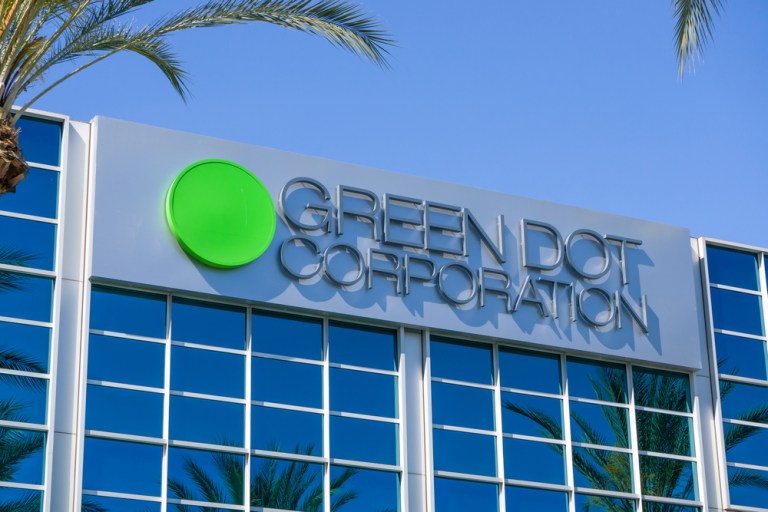
Green Dot Corp. posted results Tuesday night that blew past Street estimates, boosted by strength in its card and tax refund-focused business lines.
The company posted adjusted earnings per share of $1, which was 16 cents better than the Street. The top line, at $253 million, was up 11 percent year over year, and was higher than the roughly $234 million that had been expected by analyst.
Guidance for the full year was raised just about in line with the magnitude of the beat, with revenue to range from $830 million to $845 million (both ends of the range were taken up by $15 million). Earnings per share are slated to come in between $1.89 to $1.94, and that compares with consensus at $1.92 as of Wednesday morning.
Looking beyond the headline stats, CEO Steven Streit told analysts that the quarter benefitted from the inclusion of UniRush, which closed in February of this year. Excluding that deal, organic revenue growth was 5.6 percent. Results also showed traction in the TPG tax prep business, where the CEO said that “tax prep partners [were] taking out and repaying Green Dot Bank small business loans, then selling Green Dot brand prepaid cards to customers” as they set up accounts in which to deposit their tax refunds. Those tax refund recipients in turn were able to get cash advances, said the executive, all evidence of what Green Dot has termed a synergistic approach to its business.
In its active base of account holders, said management, double digit growth has been seen in accounts sold through Walmart and small business use through GoBank, continuing trends seen in each of the previous few quarters.
Streit also highlighted the direct to consumer business, which offers bank accounts and prepaid cards, driven in part by online activity. The online shopping trend, he said, is being driven by Millennials, and Green Dot has seen mobile app users across the company’s brand portfolio triple from a year ago, all of which has helped take gross dollar value per active card up 11 percent over the same timeframe, spend per card up nine percent.
That comes even as the active card count, excluding the recent acquisitions, declined by eight percent to 4.4 million cards, a trend CFO Mike Shifke has said reflects some stabilization after the discontinuance of MoneyPak in 2015. With UniRush in the mx, active card count grew by six percent to more than five million.